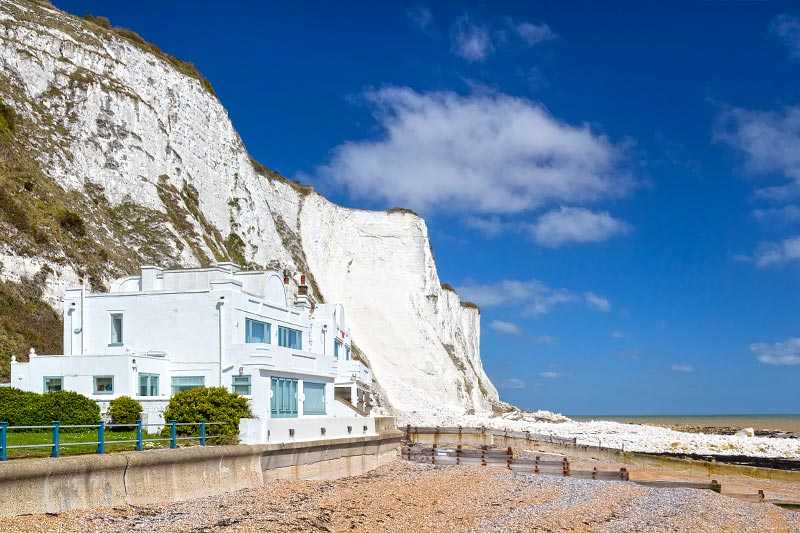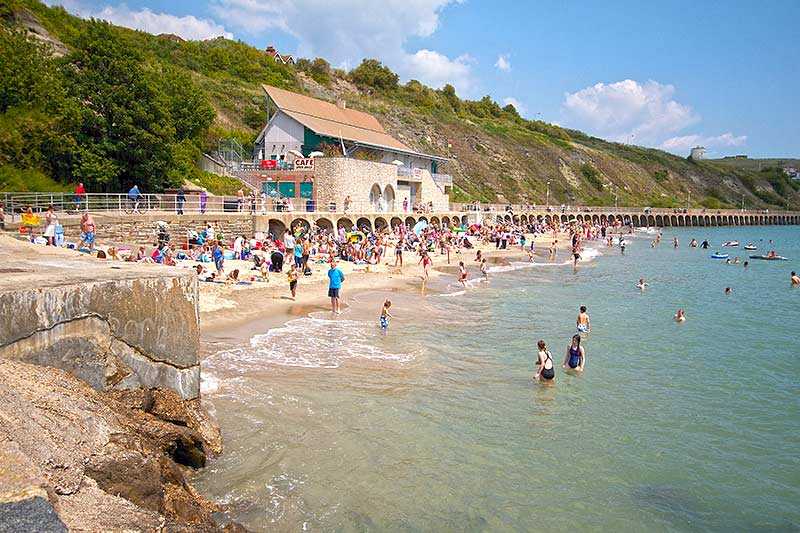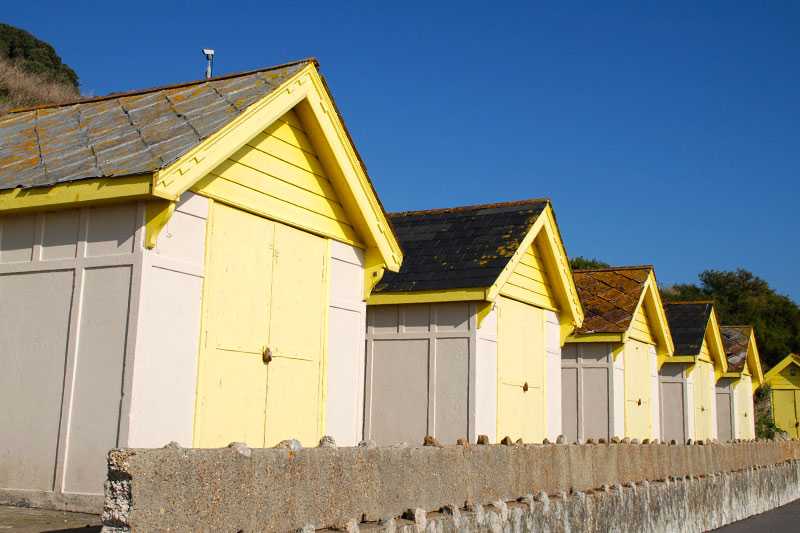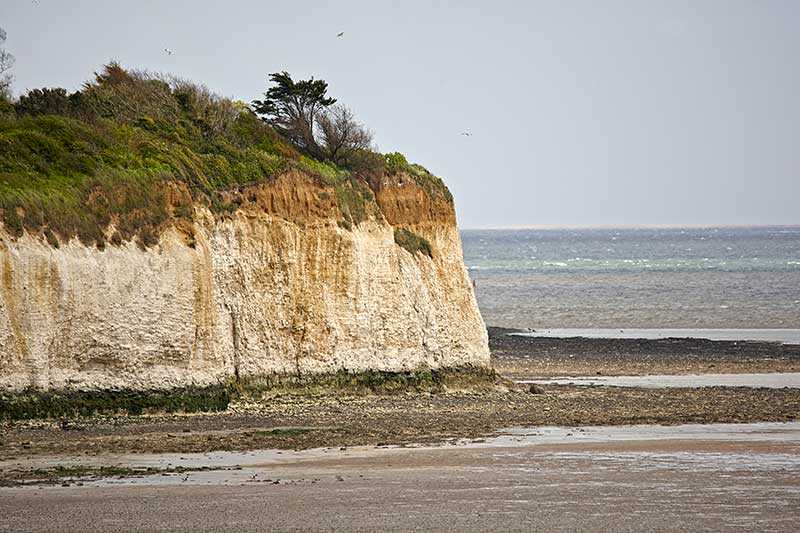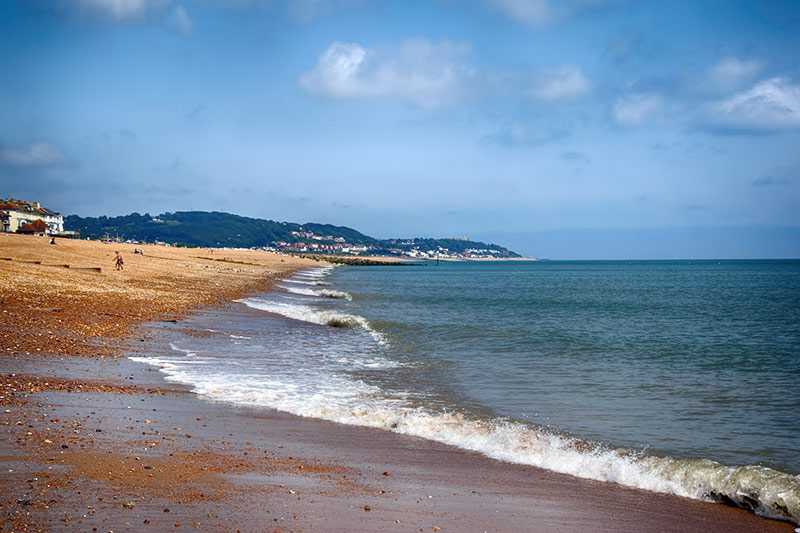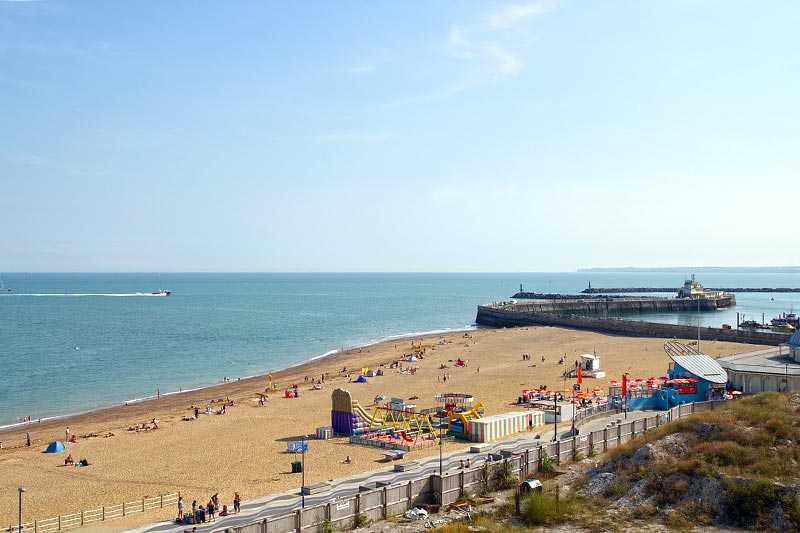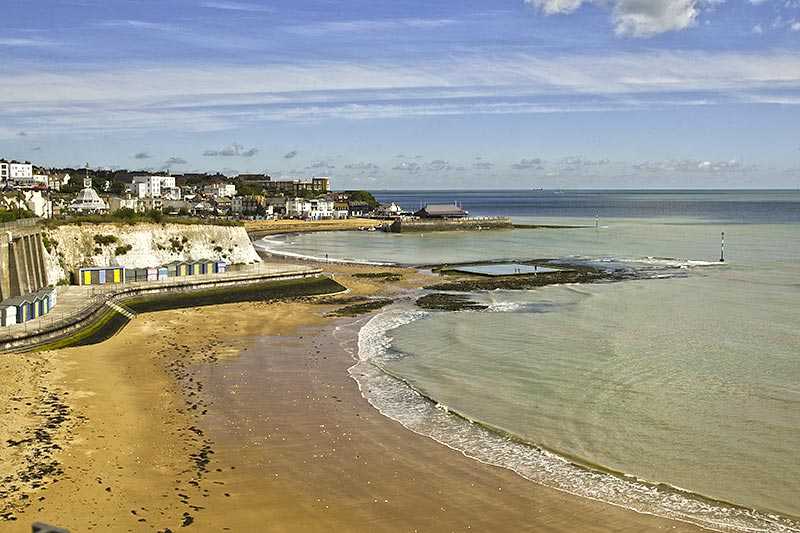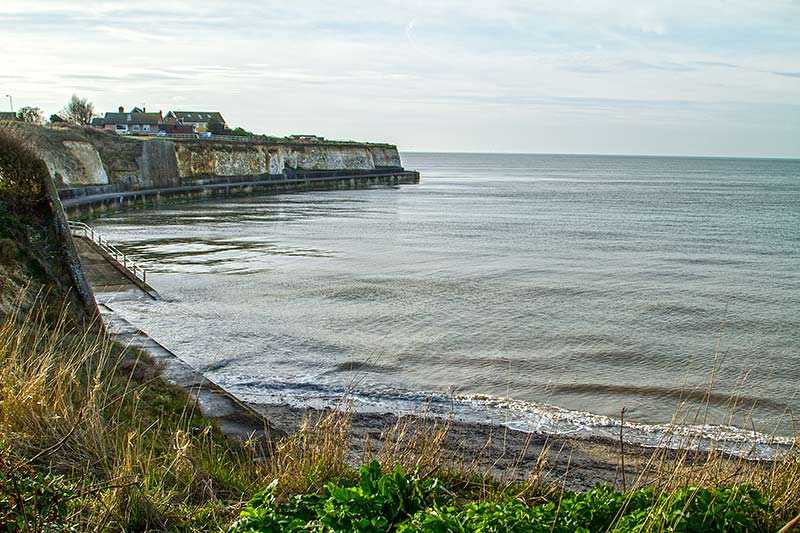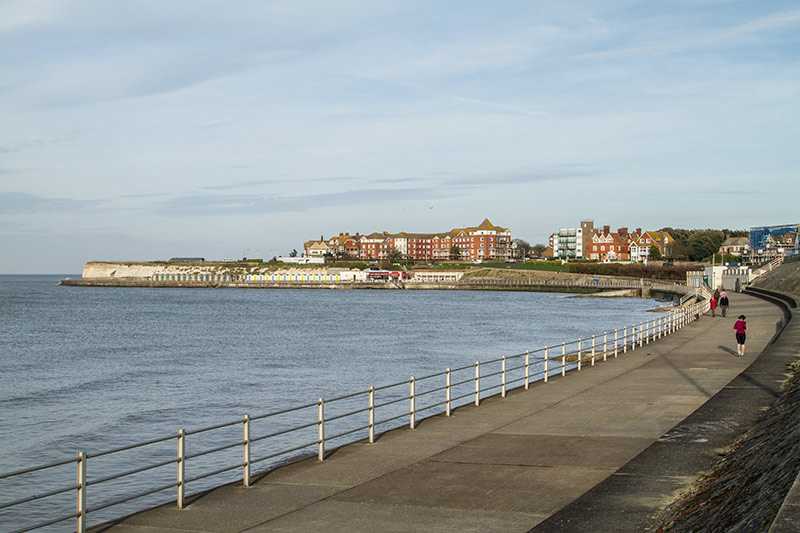White Cliffs of Dover
About the White Cliffs of Dover
The White Cliffs of Dover run East and West from the Port of Dover on the South East coast of England in Kent. On a clear day, they’re visible from Fran...
About the White Cliffs of Dover
The White Cliffs of Dover run East and West from the Port of Dover on the South East coast of England in Kent. On a clear day, they’re visible from France due to their immense height. At 110 m (~361 ft) at their highest point they are an outstanding sight, composed of pure, soft white chalk streaked with harder black flintstone. The chalk is 136 mill...
Things to do near White Cliffs of Dover
Attractions near White Cliffs of Dover
Activities
About White Cliffs of Dover
About the White Cliffs of Dover
The White Cliffs of Dover run East and West from the Port of Dover on the South East coast of England in Kent. On a clear day, they’re visible from France due to their immense height. At 110 m (~361 ft) at their highest point they are an outstanding sight, composed of pure, soft white chalk streaked with harder black flintstone. The chalk is 136 million years old and contains millions of fossilized shells and marine creatures.
Flora and Fauna
The Cliffs are home to important colonies of nesting seabirds including fulmars, kittiwakes and ravens, which nested on the cliffs in 2010 for the first time in many years. The National Trust protects these birds and the rest of the wildlife along the 8 km (5 mi) stretch of coast, and promotes this protection by setting out wildlife walks for visitors.
A herd of Exmoor ponies helps to conserve the downland by grazing and keeping down the growth of shrub bush.
Activities
As well as viewing the magnificent scenery and wildlife through a series of well-maintained coastal walks, the area is significant historically. The Cliffs have long been an important strategic position due to their wide-open views over the Channel, and there have been fortifications here since the Iron Age. They are now iconic symbols of Britain withstanding against enemy invasion.
Dover Castle was built in the 11th Century and visitors can now visit to see the fortifications there that have been added over the centuries. In Napoleonic wars tunnels were bored into the cliffs on two levels to be used as canon ports. These were used in both World Wars as hospitals and billets for soldiers.
